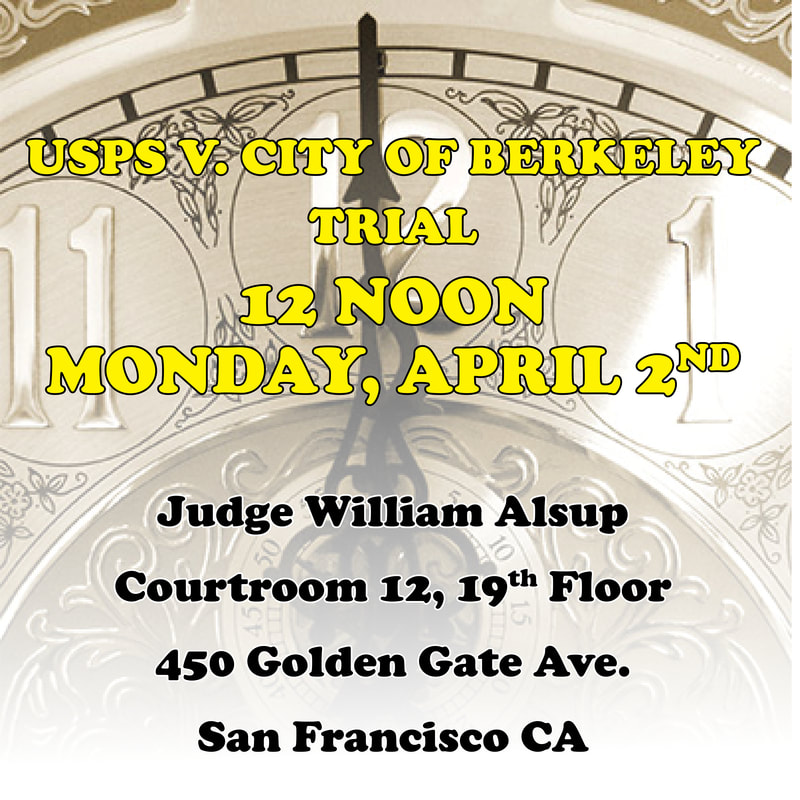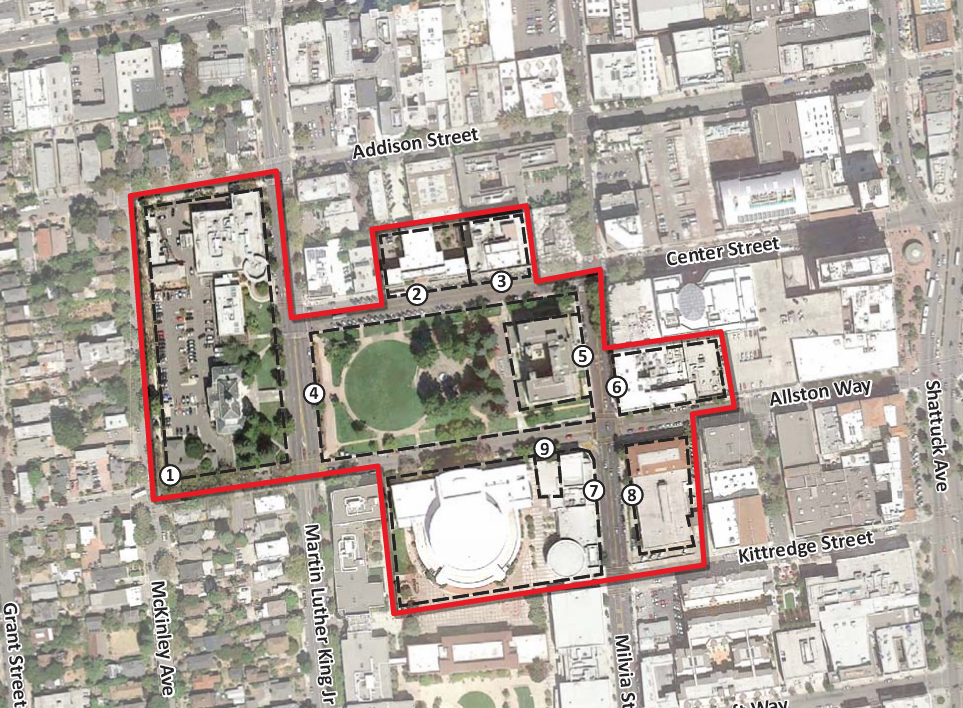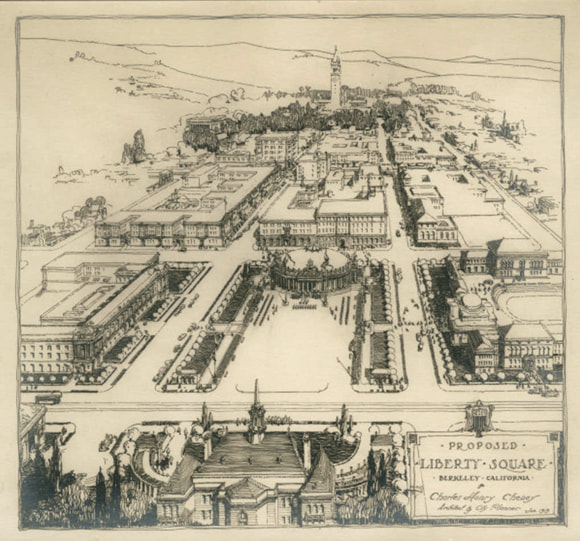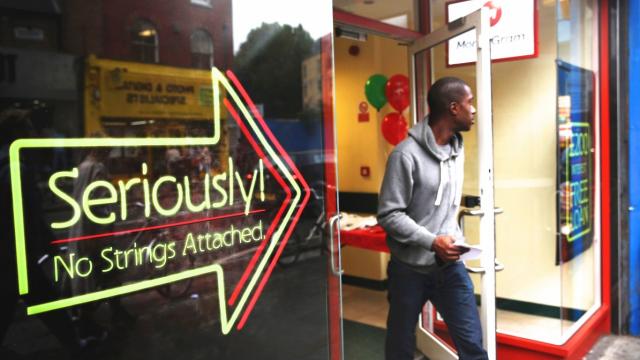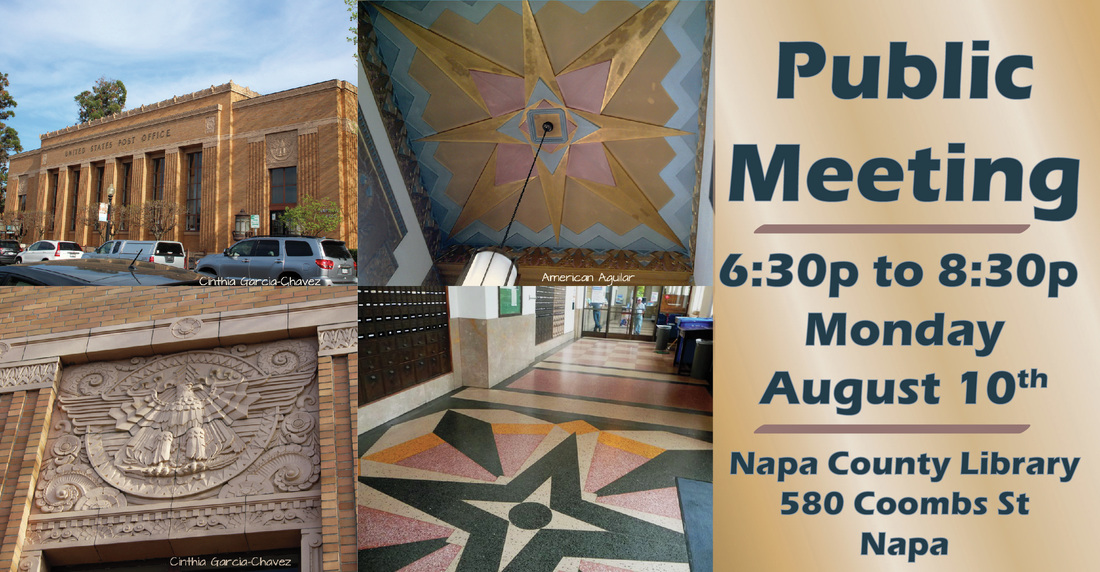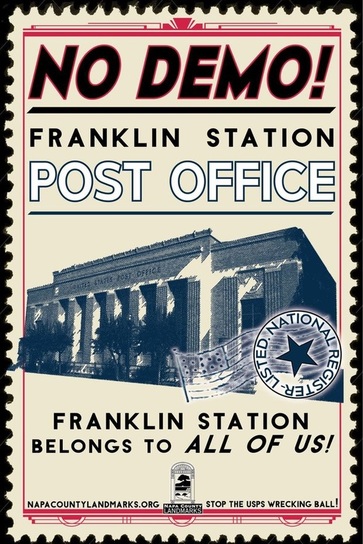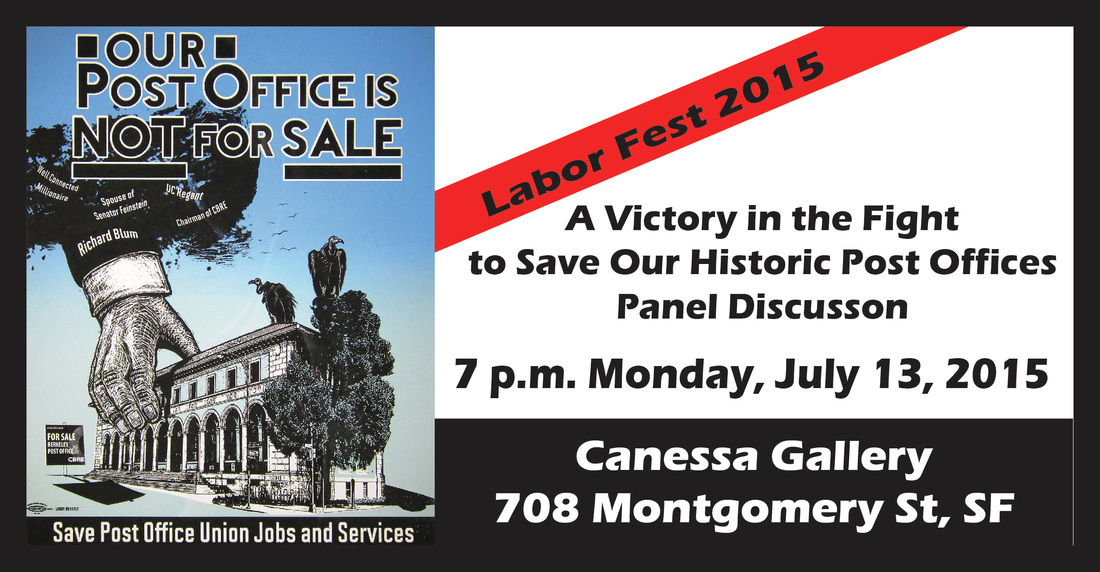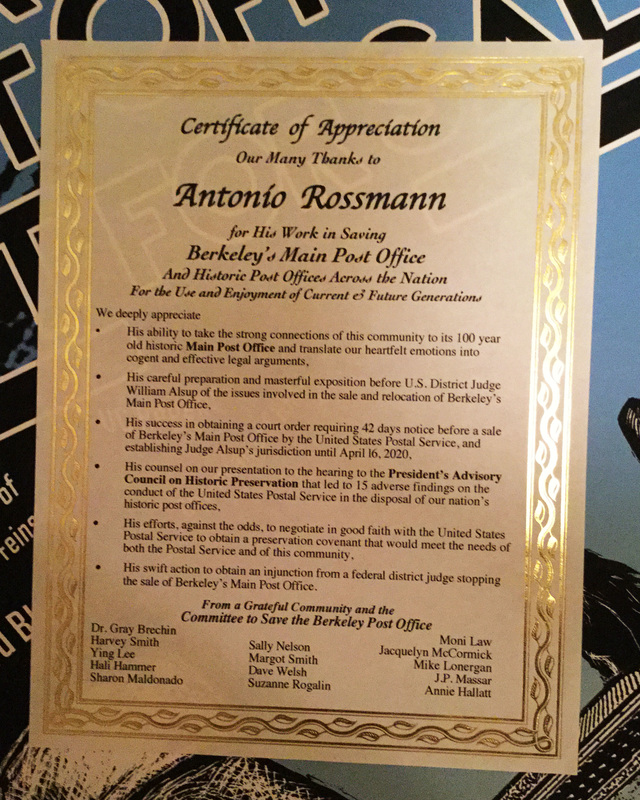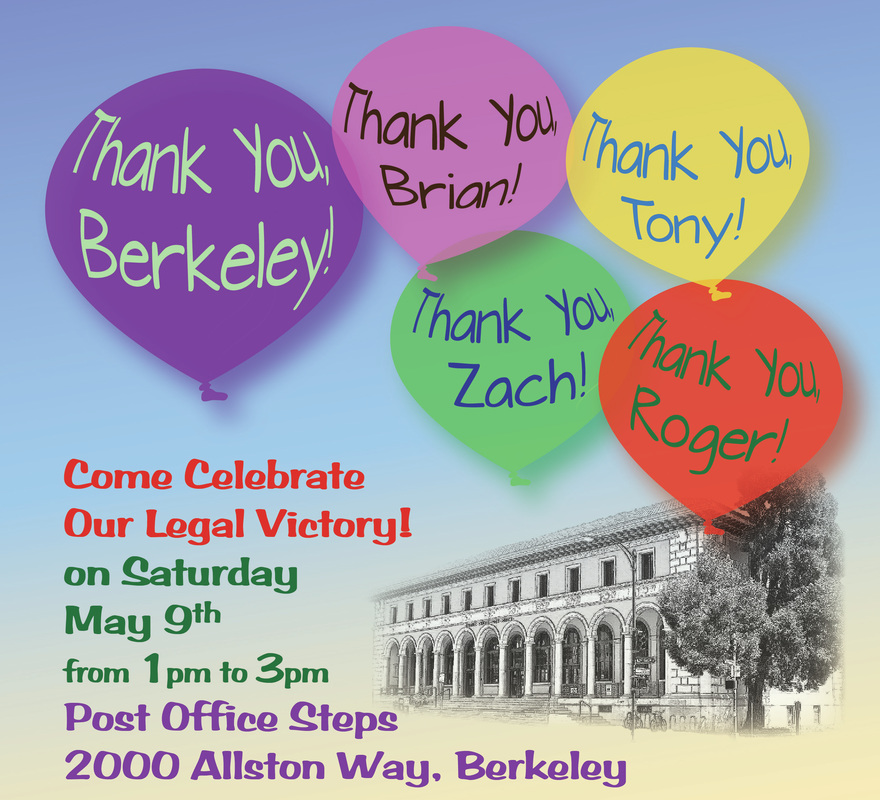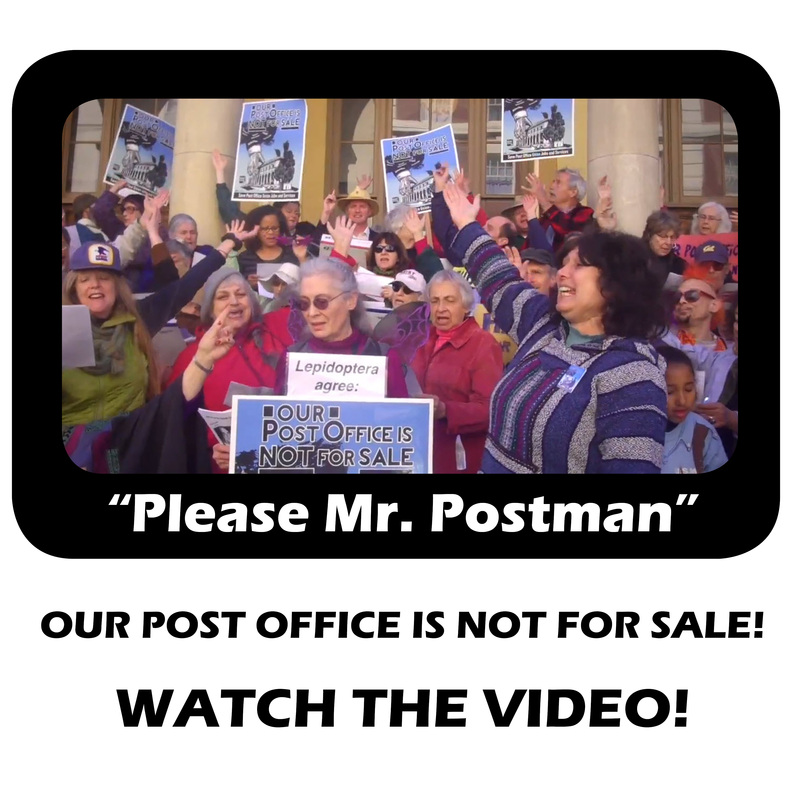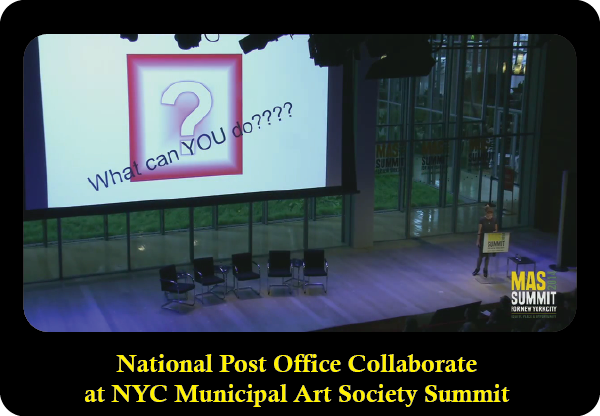In August of 2016, the United States Department of Justice, acting on behalf of the United States Postal Service, sought injunctive relief against Berkeley’s District Overlay “insofar as it regulates the Berkeley Main Post Office parcel, located at 2000 Allston Way, Berkeley.”
On Monday, Judge William Alsup issued an “Order Setting Forth Findings of Fact and Conclusions of Law.” Judge Alsup entered judgment in favor of the City of Berkeley, finding that USPS “had established no entitlement to relief on its claims.”
Back in February of 2014, the USPS received among other offers a bid from Hudson McDonald, a developer who intended to convert most of 2000 Allston Way to commercial use as, for example, a Target store. In September 2014, USPS agreed to sell the property for $9 million to Hudson McDonald.
And also in September 2014, the council passed the Civic Center District Overlay. The Overlay restricted the entire Civic Center Historic District — including the post office — to civic, nonprofit, cultural, and other similar uses, for the professed purpose of preserving the integrity of the area and protecting its cultural and historical heritage
The ruling in federal court upholding the District Overlay is cause for celebration. It is an important victory in the fight to preserve Berkeley’s historic Civic Center District and in the effort to preserve historic downtown post offices.
The Department of Justice argued the USPS case with DOJ attorneys who were flown in from Washington DC. We are grateful to the attorneys who successfully represented Berkeley: Andrew W. Schwartz of Shute, Mihaly and Weinberger LLP and Berkeley City Attorney Farimah F. Brown and her deputy attorneys.
The successful legal defense of the Zoning Overlay was only possible because of the steadfast leadership of the Mayor and City Council. Special recognition is owed to Jesse Arreguin, Linda Maio, Susan Wengraf and Kriss Worthington who have been working on this since 2012 when USPS first proposed selling the Berkeley Main Post Office.
And thanks are owed to each of you as part of the Berkeley community that attended numerous hearings and made clear to everyone that preserving the character of Berkeley’s Historic Civic Center is an issue that matters to us.
What happens now? USPS may decide to appeal the ruling. Or USPS could reconsider its decision to dispose of the building, recognize the value of the facility and location and bring back some services. Or USPS could go forward with its plan to dispose of the building, lease back a portion for retail sales, and find a purchaser consistent with the Zoning Overlay. In 2014, USPS walked away from ongoing talks to craft an historic preservation covenant for 2000 Allston Way. That action by USPS led to a suit by the City of Berkeley and the National Trust for Historic Preservation alleging violations of the National Historic Preservation Act (NHPA) and of the National Environmental Policy Act (NEPA). That suit was declared moot when USPS asserted they no longer intended to sell 2000 Allston Way. A sale of 2000 Allston Way that conformed with the Zoning Overlay but did not include an adequate historic preservation covenant could result in a refiling of the 2014 suit.
Read the U.S. District Court's Decision in USPS v City of Berkeley
Read Maria Dinzeo's article in Courthouse News: "Judge Find No Issue in Bid to Block Sale of Historic Post Office
